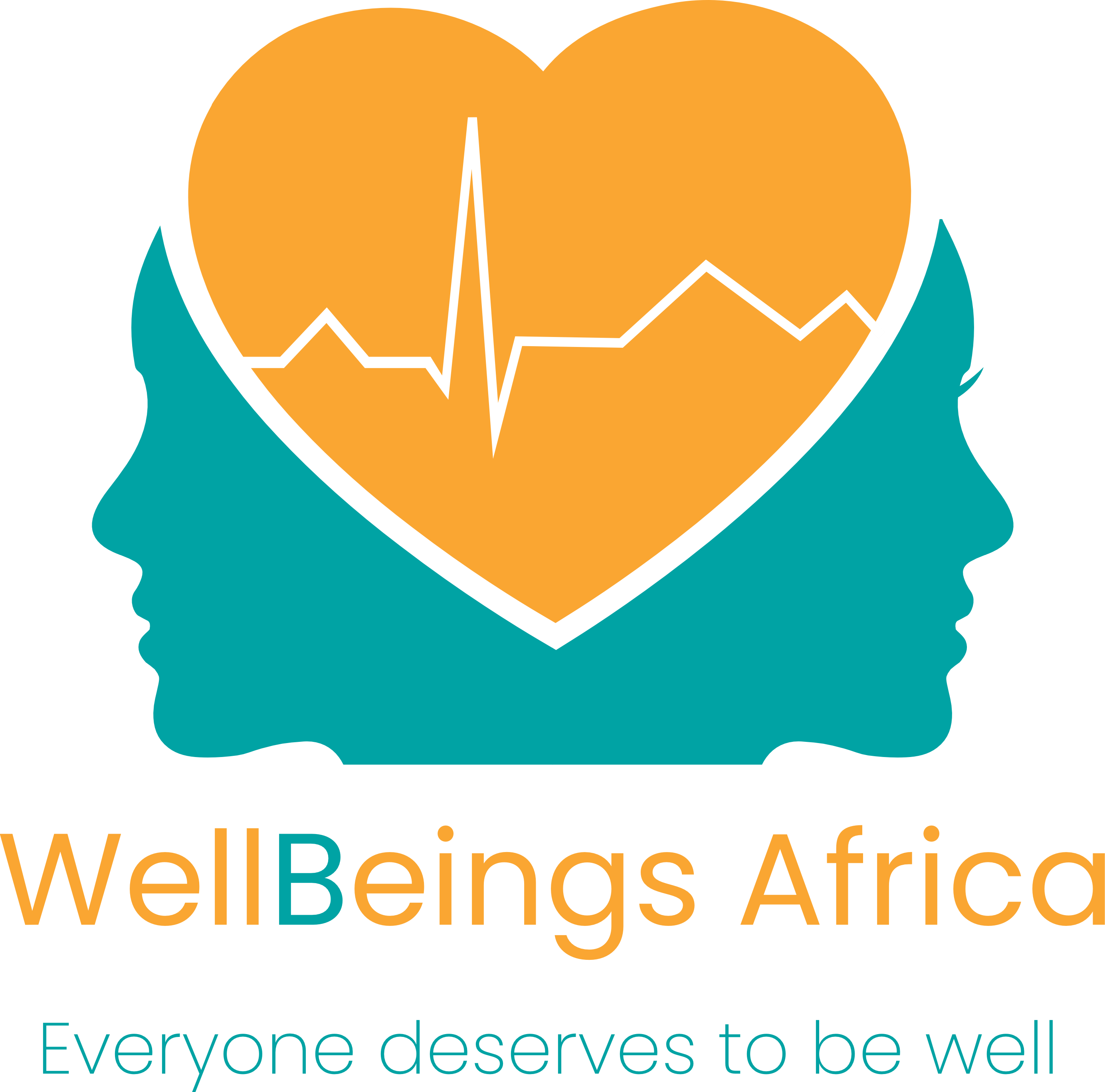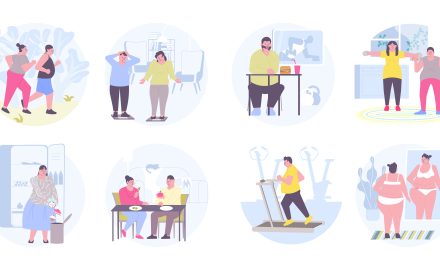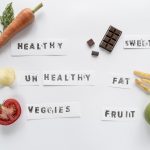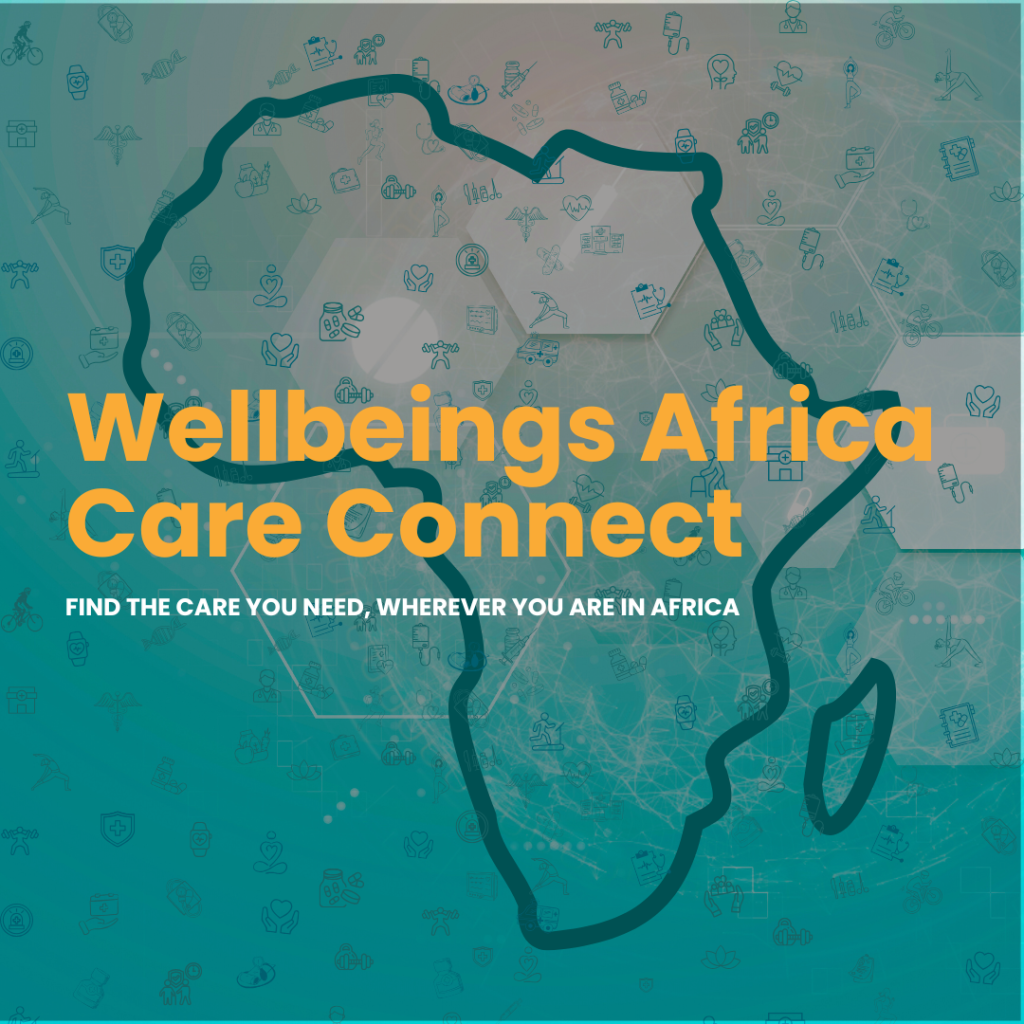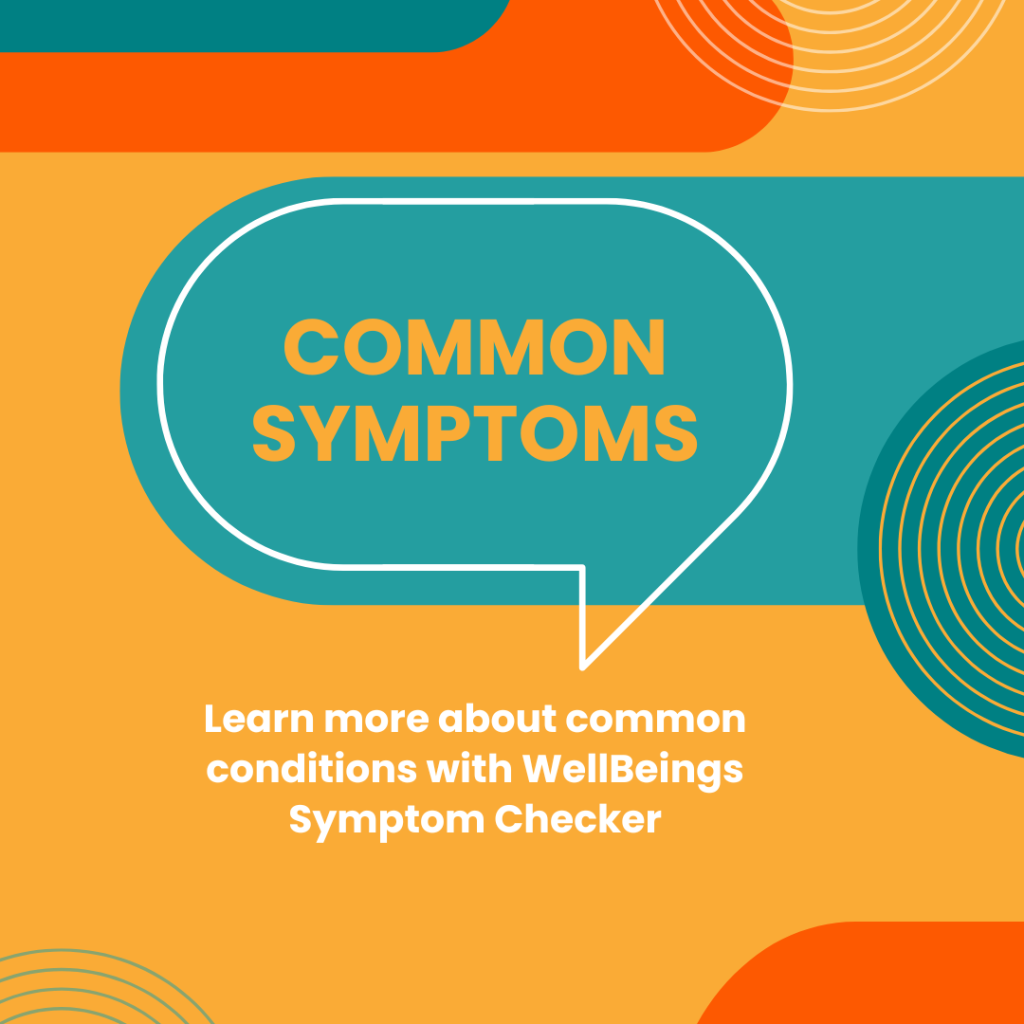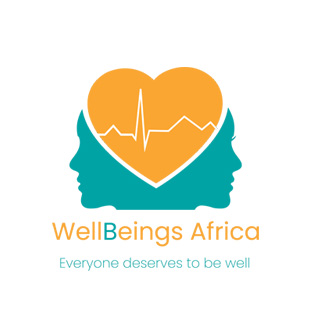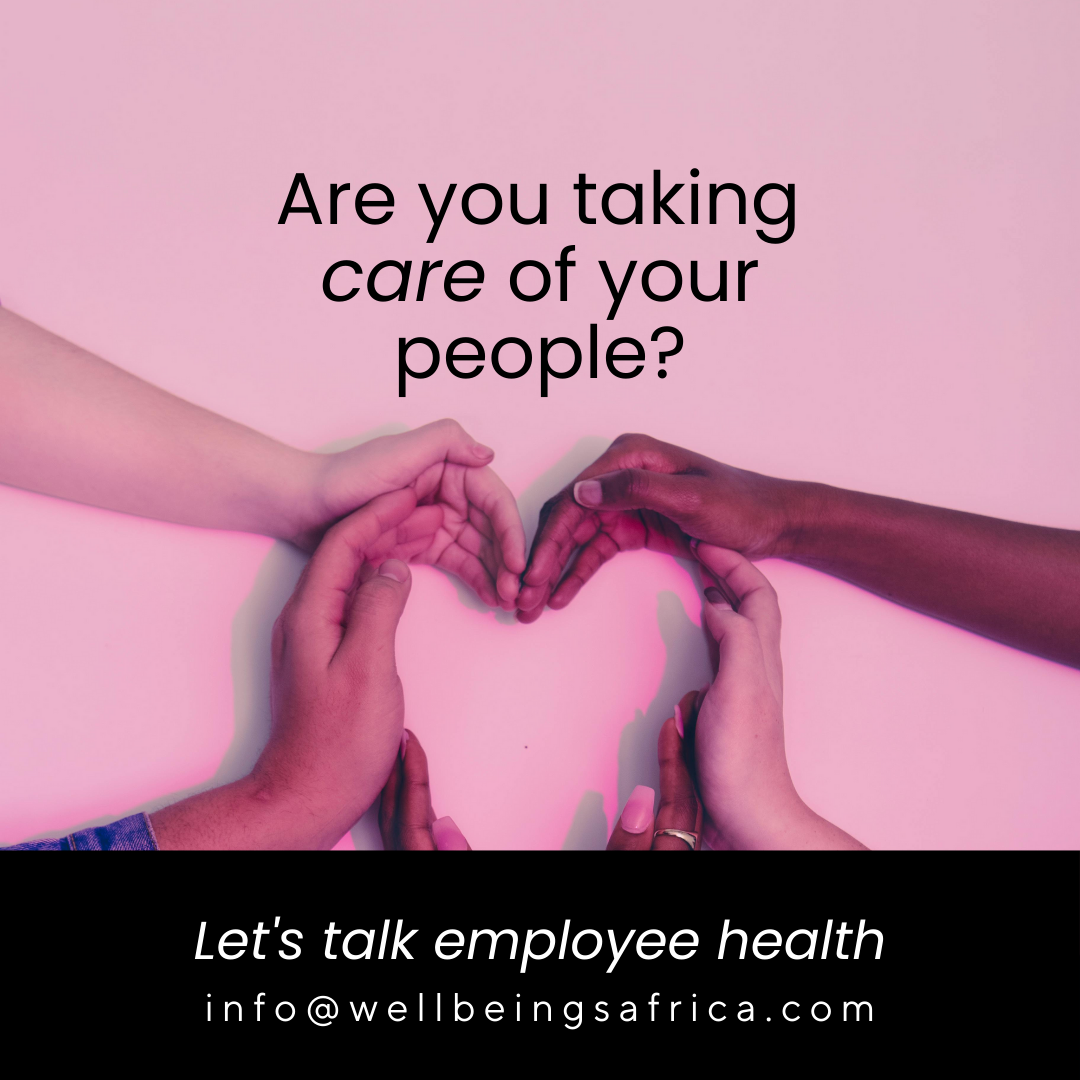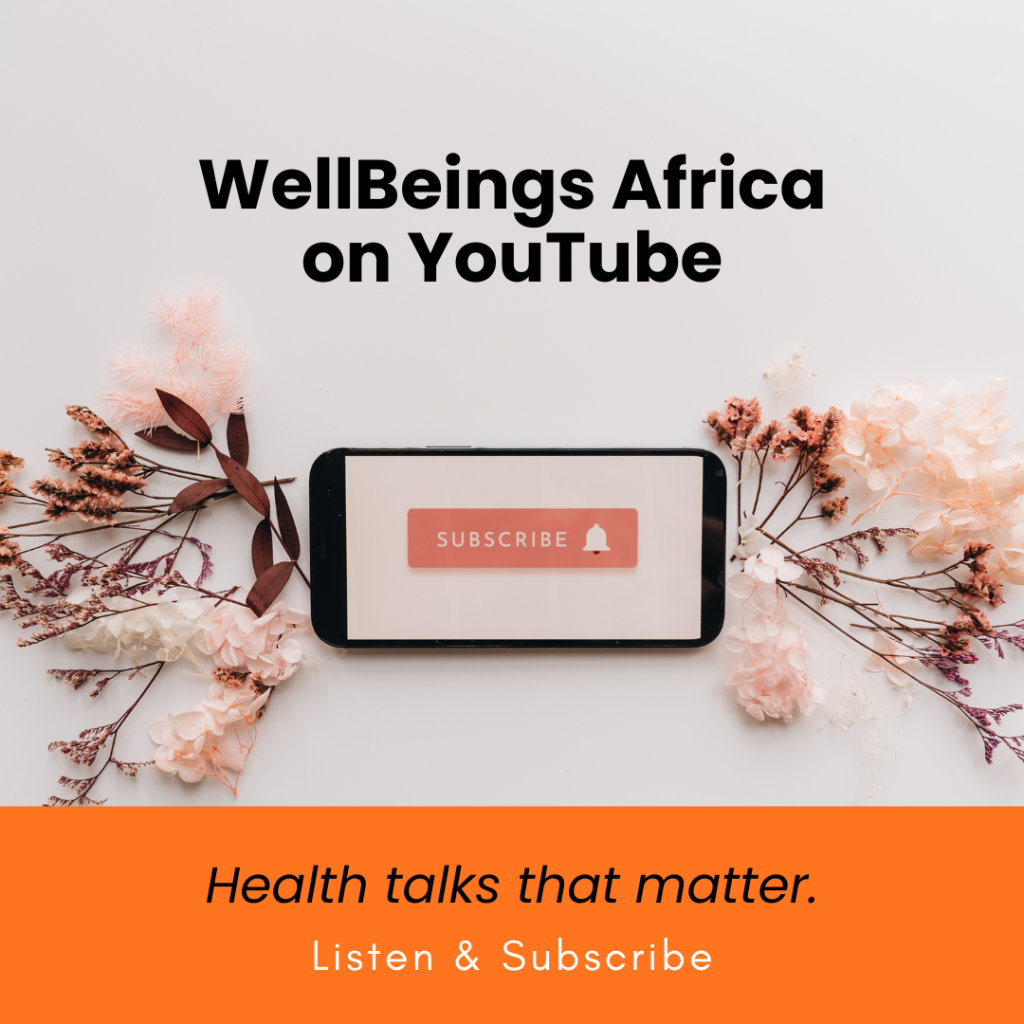When it comes to healthy eating, knowing what’s in your food is half the battle, but food labels can be confusing, misleading, or outright deceptive. To help make sense of it all, we spoke to Angelika Grimbeek, Policy & Research Manager at the Healthy Living Alliance (HEALA), a South African civil society organisation working to promote equitable access to healthy food.
What should we really watch out for in packaged food?
Most packaged foods are ultra-processed, which means that they have been made in a factory and contain high levels of unhealthy nutrients such as sugar, salt and saturated fats to make them tasty and effectively, more desirable to eat. Eating these packaged foods regularly is linked to increased risk of developing obesity, diabetes, heart diseases, and even some cancers. The concerning thing is that these foods are very convenient, easily available, often a more affordable option than healthy foods, and are marketed as essential grocery items. The companies that produce them care more about the profits from these foods rather than the health of their consumers. So, they need to be strongly regulated through initiatives such as front-of-package warning labels on unhealthy food products, and restrictions on the marketing of these products.
Can we trust labels that say “low fat” or “no sugar”?
It may be true that these products, in fact, have little or none of these nutrients, but there are often other hidden nutrients that are not disclosed, yet added for taste. For example, with “no sugar”, which seems like a healthy option, the sweet flavour is replaced with various types of artificial sweeteners that are also harmful to our health. A front-of-package warning label system that highlights added sugar, saturated fat, or salt is more effective at helping people understand what’s in their food and to make healthier choices.
Why is processed food so addictive?
Everyone has probably, at least once in their life, said that they have a sugar addiction, especially in relation to processed or ultra-processed foods. Evidence is emerging that shows that the way processed foods are developed, and especially the combination of sugar and fat in them, makes them addictive and can lead to overconsuming these foods, leading to poorer health.
How can we tell if food is actually healthy?
Understanding nutrition and healthy eating can be very difficult. There are many opinions out there, shared rapidly through social media, and often food and diet trends emerge that are not based on real evidence. It can be confusing. Going back to the basics is often a good way to approach eating. Try to include a variety of food groups in your meals, aim to eat more fresh, unprocessed foods, limit the amount of packaged and fast foods, and drink water or milk rather than juices and fizzy drinks.

What’s the easiest way to eat better without spending more?
Planning our meals is quite helpful because it allows us to know exactly what we need to buy, how much to budget, and helps eliminate the all-too-easy habit of adding unnecessary items to our baskets. Food has become very expensive, so being organised and knowing your spending limits is important to ensure that healthy food can be eaten on a budget.
How do other countries use food labels – and does it work?
Many countries have introduced front-of-package (FOP) labels to warn consumers about harmful nutrients. In Chile, they’ve implemented a successful FOP labelling system that highlights sugar, salt, saturated fat, and energy content. Alongside strict marketing restrictions and a ban on labelled products in schools, this approach has shifted consumer behaviour; children have even discouraged parents from buying products with warning labels.
In South Africa, the Department of Health has proposed a similar system using black-and-white triangle warnings for products high in sugar, salt, saturated fat, or artificial sweeteners. Local research found this system to be the most effective. The proposal also includes banning advertising of labelled products to children to further protect their health.
What’s a common myth people believe about food?
There is often a “health halo” around certain foods. Fruit juice is a good example of this, where most people believe it’s a healthy drink option because it comes from fruit, or the bottle says 100% fruit juice. There may even be a nutritional claim that says “high in vitamins”. Yet nowhere are we reminded of the extremely high levels of sugar in fruit juice (both natural and added). We don’t read the ingredient list where it’s noted it’s not pure fruit, but fruit juice concentrates. This use of misleading claims can confuse us as consumers.
How can parents avoid unhealthy foods when shopping with kids?
Going shopping with kids is one of the bravest things parents can do. We can’t blame them for nagging about certain foods; many are packaged with bright colours, cartoon characters, or exciting new flavours that appeal to children.
Parents hold the buying power and need to be strategic to avoid losing the battle. This might mean skipping certain tempting aisles or involving children by showing them the shopping list and letting them help with parts of it.
We need to continue to push the government to introduce front-of-package warning labels as soon as possible to help parents and children better understand what’s in their food and make healthier choices.
Images: Freepik
